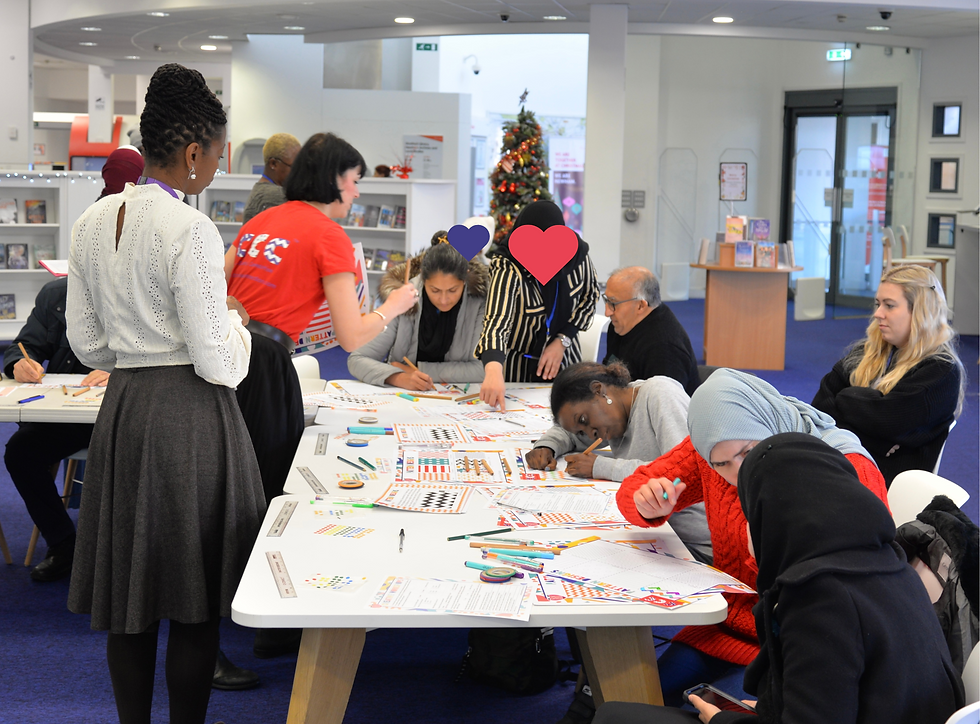Harnessing Hues: The Intersection of Autism and Art
- Rose Hill
- Apr 4, 2024
- 2 min read
Art is a universal language, allowing individuals to express themselves in ways that transcend verbal communication. For individuals on the autism spectrum, art holds particular significance as a tool for self-expression and creativity. In this blog post, we explore the profound relationship between autism and art, with a focus on the importance of colour in this context.
Colour as Communication
Colour plays an important role, serving as a means of communicating emotions, ideas, and sensory experiences. For many on the spectrum, colour holds deep emotional significance, offering a unique avenue for self-expression and connection with the world.

Stimulating the Senses
One reason why colour is essential in autism and art is its ability to stimulate the senses and evoke emotional responses. Individuals with autism, who may have heightened sensitivity to sensory stimuli, can use colour to regulate their emotions and tangibly express their innermost thoughts.
Fostering Creativity
Colour acts as a catalyst for creativity and imagination in individuals with autism. Through experimentation with colour, individuals can develop their artistic skills and cultivate a sense of pride and self-confidence in their creations.
Therapeutic Potential
Colour also holds therapeutic potential for individuals with autism, offering a calming and soothing effect that can help reduce stress and anxiety. In art therapy and educational settings, the incorporation of colour into creative activities provides individuals with autism with a safe and supportive environment to explore their emotions and develop important skills.
Facilitating Social Connections
Art serves as a bridge for social connections among individuals with autism, providing a common language through which they can communicate and connect with others. Through collaborative art projects and group activities, individuals on the spectrum can engage in meaningful interactions with their peers, fostering a sense of belonging and community.
The relationship between autism and art is a rich and multifaceted one, with colour playing a central role in this dynamic interaction. By recognising the importance of colour in art for individuals with autism, we gain a deeper understanding of the transformative power of creativity, self-expression, and connection.
If you're looking to explore the colours which are Autism friendly, please visit our LinkedIn, Facebook or Instagram page to see our latest reel!
Or visit our community murals page to see our previous projects...










Comments